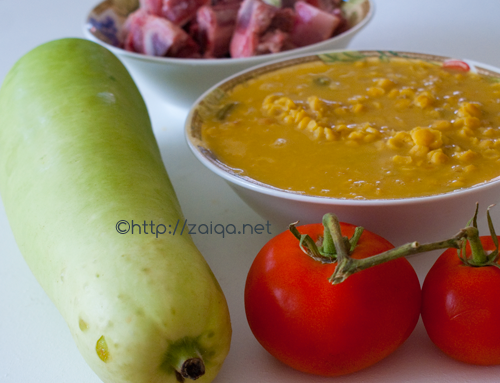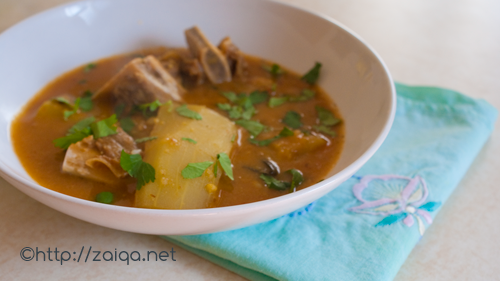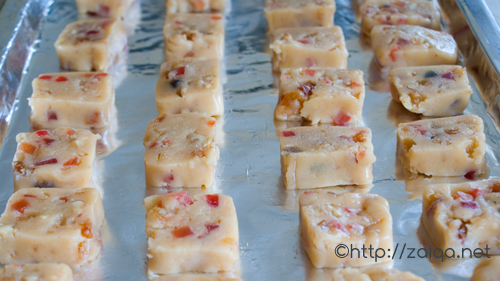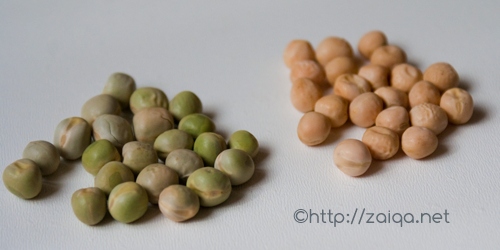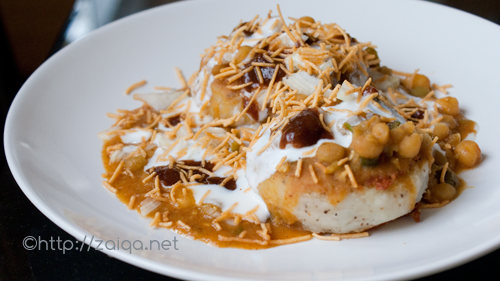Every Andhra kitchen in India is well stocked with a range of spicy pickles. Even I love to prepare and store a few pickles to compliment and add a zing to my meals. Right now, I have jars of tomato pickle, lemon pickle and mutton pickle sitting in the refrigerator.
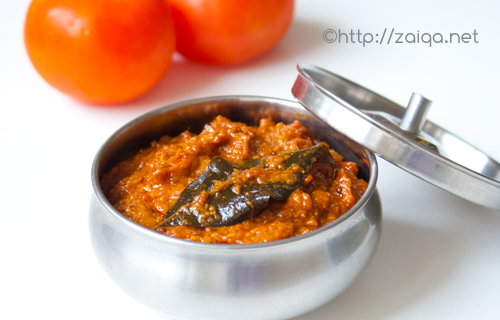
Tomato Pickle – Tamatar ka Achaar
Tangy, sour, salty and bold on taste buds ~ Tomato pickle is one such specialty from the state of Andhra Pradesh. This pickle is not labor intensive, but it does require a little attention and time. I prepare only small batches that last for a month or so, and again keep preparing this pickle whenever I see good quality tomatoes on sale.
Tomato Pickle – Tamatar ka Achaar
Ingredients:
Tomatoes – 800 gms, red & ripe, firm, juicy and blemish free
Thick tamarind pulp – 3 ½ tbsp
Red chilli powder – 1 tbsp
Salt – 1 tbsp
Haldi – ½ tsp
Cumin seeds/Zeera – 1 ½ tbsp
Fenugreek seeds/Methi dana – 1 tsp
For Tempering/Baghaar:
Canola oil – 6 tbsp
Mustard seeds/Rai – ½ tbsp
Cumin seeds/Zeera – ½ tbsp
Ginger-garlic paste – 3 tbsp
Curry leaves – 2 sprigs
Method:
1. Wash the tomatoes, pat dry thoroughly, and cut them into quarters.
2. In a spice grinder, add the cumin seeds and fenugreek seeds and grind them individually into a fine powder.
3. In a blender container, add the quartered tomatoes, cumin seed powder and fenugreek seed powder, tamarind pulp, red chilli powder, salt and turmeric powder. Blend until smooth. Pour into a saucepan at medium hight heat and bring it to a boil. Keep stirring it frequently.
4. Meanwhile, prepare baghaar: In a small frying pan at medium high heat, pour oil and as soon as it warms up, add the mustard seeds and cumin seeds. As they start spluttering, add the ginger-garlic paste and stir fry for a minute. Add curry leaves and mix well. Immediately pour this baghaar hot and hissing into the cooking tomato mixture and mix well.
5. Once the tomato mixture is boiling reduce heat to medium and keep cooking uncovered while stirring frequently until most of the moisture has been evaporated and the tomato mixture has been reduced to a thick paste and the oil starts leaving, this might take around 1 ½ hour time of slow simmering. Remove from heat and let cool. Once completely cool, spoon the pickle into sterilized glass jars with tight lids. Store in the refrigerator and enjoy the pickle along with your meals. Stays well for around a month or two.
Luv,
Mona
